Executive summary: Consolidated guideline on sexual and reproductive health and rights of women living with HIV
The document constitutes an executive summary of the Consolidated guideline on sexual and reproductive health and rights of women living with HIV. The starting point for this guideline is the point at which a woman has learnt that she is living with HIV, and it therefore covers key issues for providing comprehensive sexual and reproductive health and rights-related services and support for women living with HIV. As women living with HIV face unique challenges and human rights violations related to their sexuality and reproduction within their families and communities, as well as from the health-care institutions where they seek care, particular emphasis is placed on the creation of an enabling environment to support more effective health interventions and better health outcomes.
This guideline is meant to help countries to more effectively and efficiently plan, develop and monitor programmes and services that promote gender equality and human rights and hence are more acceptable and appropriate for women living with HIV, taking into account the national and local epidemiological context. It discusses implementation issues that health interventions and service delivery must address to achieve gender equality and support human rights.
The starting point for this guideline is the point at which a woman has learnt that she is living with HIV, and it therefore covers key issues for providing comprehensive sexual and reproductive health and rights-related services and support for women living with HIV. As women living with HIV face unique challenges and human rights violations related to their sexuality and reproduction within their families and communities, as well as from the health-care institutions where they seek care, particular emphasis is placed on the creation of an enabling environment to support more effective health interventions and better health outcomes.
This guideline is meant to help countries to more effectively and efficiently plan, develop and monitor programmes and services that promote gender equality and human rights and hence are more acceptable and appropriate for women living with HIV, taking into account the national and local epidemiological context. It discusses implementation issues that health interventions and service delivery must address to achieve gender equality and support human rights.
The starting point for this guideline is the point at which a woman has learnt that she is living with HIV, and it therefore covers key issues for providing comprehensive sexual and reproductive health and rights-related services and support for women living with HIV. As women living with HIV face unique challenges and human rights violations related to their sexuality and reproduction within their families and communities, as well as from the health-care institutions where they seek care, particular emphasis is placed on the creation of an enabling environment to support more effective health interventions and better health outcomes.
This guideline is meant to help countries to more effectively and efficiently plan, develop and monitor programmes and services that promote gender equality and human rights and hence are more acceptable and appropriate for women living with HIV, taking into account the national and local epidemiological context. It discusses implementation issues that health interventions and service delivery must address to achieve gender equality and support human rights.





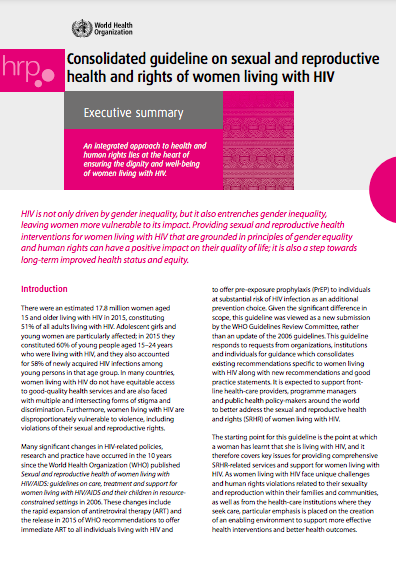
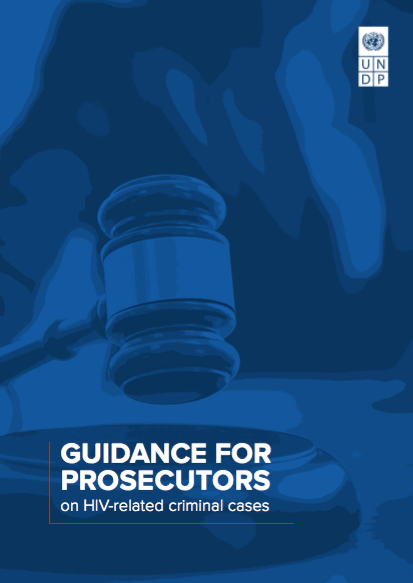 Guidance for prosecutors on HIV-related criminal cases.
Guidance for prosecutors on HIV-related criminal cases.
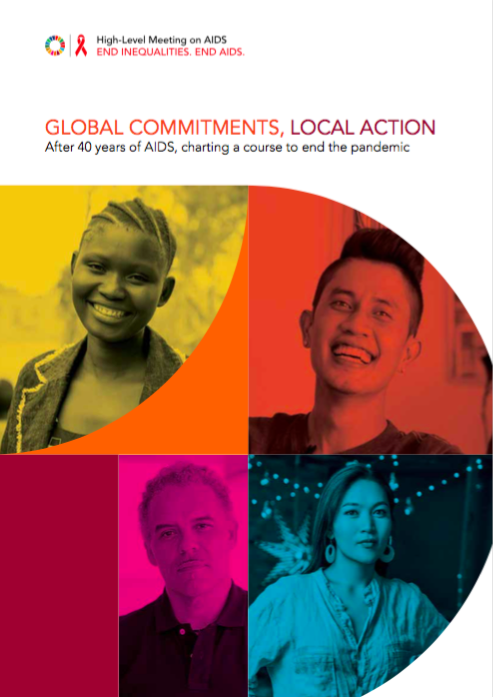 Global Commitments, Local Action. After 40 years of AIDS, charting a course to end the pandemic
Global Commitments, Local Action. After 40 years of AIDS, charting a course to end the pandemic
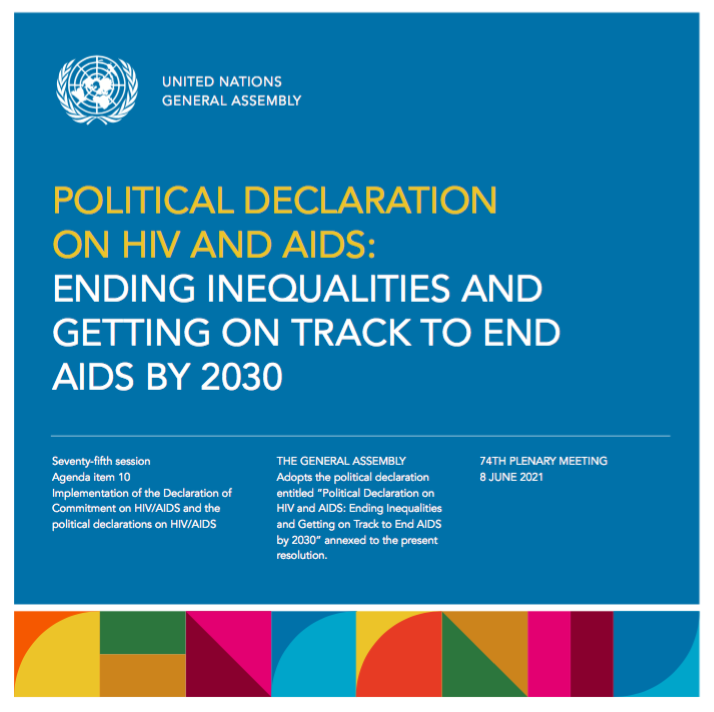 Political Declaration on HIV and AIDS: Ending Inequalities and Getting on Track to End AIDS by 2030
Political Declaration on HIV and AIDS: Ending Inequalities and Getting on Track to End AIDS by 2030
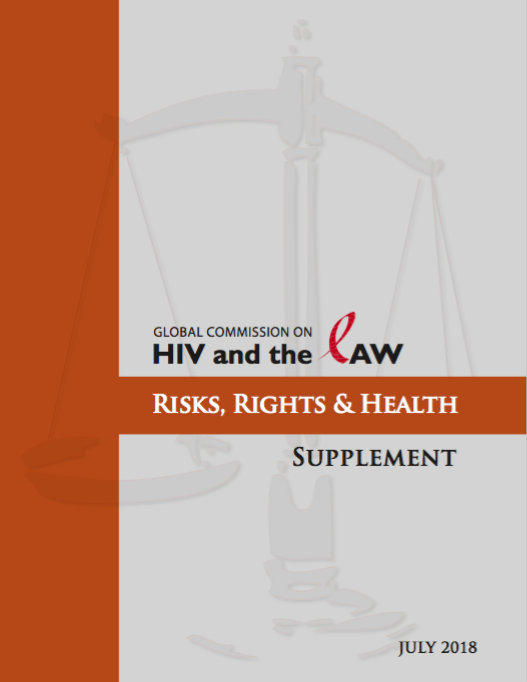 Supplement to the Report of the Global Commission on HIV and the Law “Risks, Rights & Health”
Supplement to the Report of the Global Commission on HIV and the Law “Risks, Rights & Health”